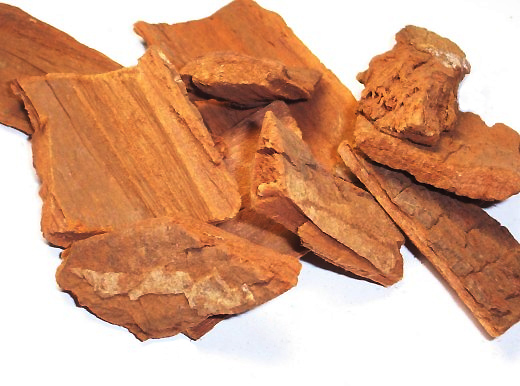Back to: Health Information : Health Topics A–Z
Yohimbe
Keywords: yohimbe bark, yohimbine, yohimbine hydrochloride
© Michael Berberman
On this page
- Introduction
- What It Is Used For
- How It Is Used
- What the Science Says
- Side Effects and Cautions
- Sources
- For More Information
Introduction
This fact sheet provides basic information about the herbA plant or part of a plant used for its flavor, scent, or potential therapeutic properties. Includes flowers, leaves, bark, fruit, seeds, stems, and roots. yohimbe—common names, uses, potential side effects, and resources for more information. The yohimbe tree is a tall evergreen that is native to western Africa. The bark of the tree contains a chemical called yohimbine. The amount of yohimbine in dietary supplements may vary; some yohimbe products have been found to contain very little yohimbine. However, a standardized form of yohimbine—yohimbine hydrochloride—is available as a prescription medicine that has been studied and used for the treatment of erectile dysfunction.
Common Names—yohimbe, yohimbe bark
Latin Names—Pausinystalia yohimbe
What It Is Used For
- Yohimbe bark has traditionally been used in Africa as an aphrodisiac (to increase sexual desire).
- The herb is currently used for sexual dysfunction, including erectile dysfunction in men.
How It Is Used
- As a dietary supplementA product that contains vitamins, minerals, herbs or other botanicals, amino acids, enzymes, and/or other ingredients intended to supplement the diet. The U.S. Food and Drug Administration has special labeling requirements for dietary supplements., the dried bark of the yohimbe tree is used as a tea and taken by mouth. An extract of the bark is also put into capsules and tablets.
What the Science Says
- It is not known whether yohimbe is effective for any health conditions because clinical trials have not been conducted on the bark or its extract.*
Side Effects and Cautions
- Yohimbe has been associated with high blood pressure, increased heart rate, headache, anxiety, dizziness, and sleeplessness. Yohimbe can be dangerous if taken in large doses or for long periods of time.
- People should use caution if taking yohimbe with MAO inhibitors or medicines for high blood pressure. Yohimbe should not be combined with tricyclic antidepressants or phenothiazines (a group of medicines used mostly for mental health conditions such as schizophrenia).
- People with kidney problems and people with psychiatric conditions should not use yohimbe.
- Tell your health care providers about any complementary and alternative practices you use. Give them a full picture of what you do to manage your health. This will help ensure coordinated and safe care.
Sources
- Yohimbe bark extract. Natural Standard Database Web site. Accessed on February 5, 2007.
- Yohimbe. Natural Medicines Comprehensive Database Web site. Accessed on February 5, 2007.
- Yohimbe bark. In: Blumenthal M, Goldberg A, Brinckman J, eds. Herbal Medicine: Expanded Commission E Monographs. Newton, MA: Lippincott Williams & Wilkins; 2000:429–431.
For More Information
- What's in the Bottle? An Introduction to Dietary Supplements
- Herbal Supplements: Consider Safety, Too
NCCAM Clearinghouse
The NCCAM Clearinghouse provides information on CAM and NCCAM, including publications and searches of Federal databases of scientific and medical literature. The Clearinghouse does not provide medical advice, treatment recommendations, or referrals to practitioners.
Toll-free in the U.S.: 1-888-644-6226
TTY (for deaf and hard-of-hearing callers): 1-866-464-3615
Web site: nccam.nih.gov
E-mail:
CAM on PubMed
Web site: nccam.nih.gov/camonpubmed/
NIH Office of Dietary Supplements
Web site: ods.od.nih.gov
NIH National Library of Medicine's MedlinePlus
Yohimbe Listing: www.nlm.nih.gov/medlineplus/druginfo/natural/patient-yohimbe.html
This publication is not copyrighted and is in the public domain. Duplication is encouraged.
NCCAM has provided this material for your information. It is not intended to substitute for the medical expertise and advice of your primary health care provider. We encourage you to discuss any decisions about treatment or care with your health care provider. The mention of any product, service, or therapy is not an endorsement by NCCAM. |
NCCAM Publication No. D356
Created February 2007
Updated June 2008
Note: The PDF file requires a viewer such as Adobe Reader, which you can download free of charge from the Adobe Web site.
